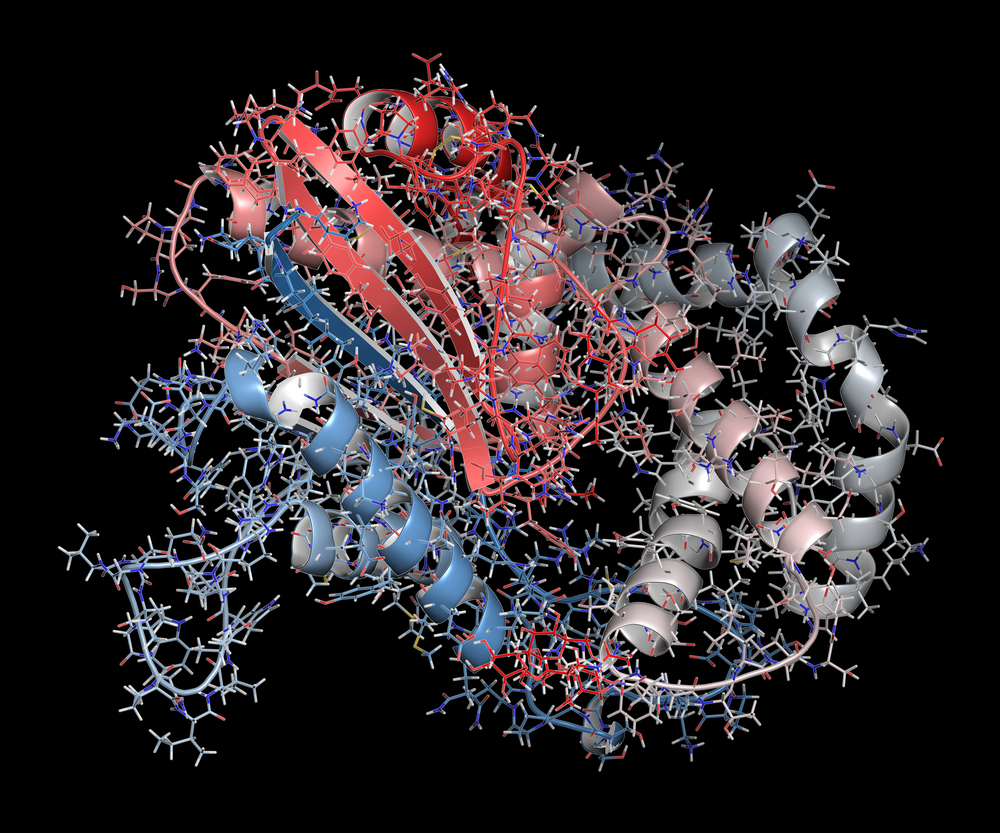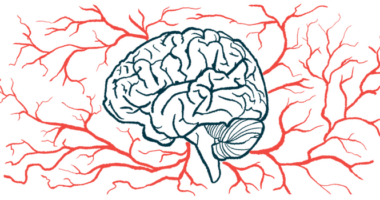Novel Findings Corroborate Potential of Neurofilaments as ALS Biomarkers

The finding and validation of specific disease biomarkers are an unmet medical need for amyotrophic lateral sclerosis (ALS) early diagnosis, patient care and monitoring. Neurofilaments, proteins that provide cytoskeletal support to neurons, are front and center in this scientific quest. Several studies have investigated the role of cerebrospinal fluid (CSF) neurofilaments in neurodegenerative disease pathogenesis and also its value as a specific ALS marker, since research has reported higher levels of neurofilaments in the CSF of ALS patients but also in other neurodegenerative diseases and brain injury.
New findings validate cerebrospinal fluid (CSF) neurofilaments as a biomarker candidate for differential diagnosis of motor neuron diseases (MND), specifically ALS. The study, entitled “Neurofilaments in the diagnosis of motoneuron diseases: a prospective study on 455 patients”, was published in the Journal of Neurology, Neurosurgery, and Psychology. This research, led by scientists at the University of Ulm, Germany, was supported by the analysis of CSF from 455 patients for two types of neurofilaments, classified accordingly to the molecular mass of their subunits, neurofilament light chain (NfL) and phosphorylated heavy chain (pNfH). The levels of Tau and phospho-tau protein (pTau), potential markers of neurodegenerative disease, were also evaluated.
The group under analysis included patients with familial and sporadic ALS and primary lateral sclerosis (PLS), grouped together as MND (285), MND mimics (85) and control groups. The results showed that neurofilaments were indeed significantly higher in the MDN group when compared to the control group and MDN patients. Parameters such as diagnostic sensitivity and specificity were also evaluated, with NfL and pNfH reaching 77% and 83% in sensitivity and 85% and 77% in specificity, respectively. Furthermore, a moderate correlation was found between neurofilaments levels and progression of MND. Levels of Tau and pTau were not raised.
Researchers concluded that neurofilaments maybe indeed represent an extreme value in differential diagnosis and therapeutic trials of ALS and that further research is necessary to validate these results.






